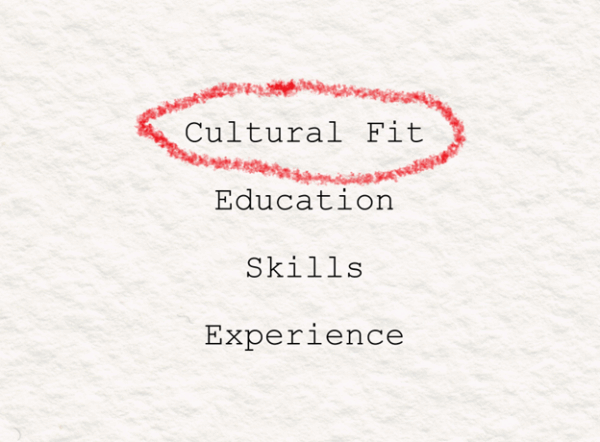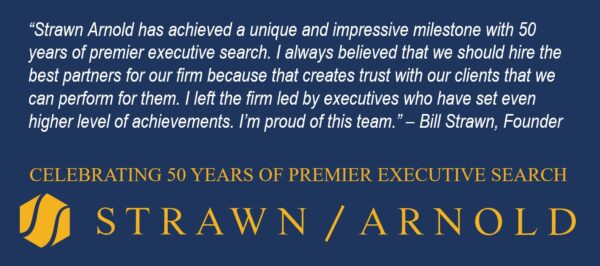
by Jenny Crutchlow
We all have our wish lists for top candidates, the must-haves that are necessary for success in any given leadership position and the nice-to-haves that make a candidate a dream placement. But beyond educational credentials, licensing, sector and functional experience, and career progression and achievements, the significance of cultural fit in hiring cannot be overstated. Organizational leaders not only shape the strategic direction of their organizations but also set the tone for their company’s culture and values. Finding candidates who align with your culture is paramount for long-term success and organizational cohesion.
What is cultural fit? It means a lot of things to a lot of people but can include shared values, work ethic, communication style, and leadership and management approach, among others. When executives are culturally aligned with the organizations they serve, they are more likely to thrive in their roles, build strong relationships vertically and cross-functionally, and drive positive outcomes. On the other hand, a lack of cultural fit can lead to discord, inefficiency, and ultimately underperformance. At worst, a misalignment on culture can lead to a failed placement, quite an expensive mistake.
When considering who to partner with in searching for leaders, don’t leave out the importance of assessing for this critical piece of the recruiting puzzle. Choose a firm that can help with:
1. Deep Understanding of Company Culture. Your partner should invest time and effort to gain a thorough understanding of your organization’s culture, core values, and strategic goals in order to accurately assess candidates based on both explicit and implicit criteria.
2. Holistic Candidate Evaluation: Your partner should look beyond a resume, beyond technical skills, education, and experience, and delve into factors such as leadership style, communication preferences, and interpersonal dynamics. They should also be able to assess whether a candidate has the competence to grow culturally with an organization and to successfully engage all constituencies.
3. Access to Exclusive Networks: Your partner should have extensive networks within your industry and functional areas, enabling them to identify candidates who not only possess your must-haves but also exhibit the cultural attributes that will make them a strong fit for you.
4. Customized Search Strategies: Your partner should tailor their search to your unique needs, always with a view to your culture in mind.
5. Mitigation of Hiring Risks: Your partner should recruit with cultural fit in mind from the outset, helping to mitigate the risk of costly hiring mistakes. By aligning the executives they present to you with your organization’s culture, they greatly enhance the chance of employee engagement, retention, and organizational success.
6. Mitigation of Bias: Your partner can guide you away from the trap of institutional bias by evaluating candidates based on core values rather than on any unconscious biases that may exist within your hiring team, allowing candidates who may bring a fresh perspective to your organization to shine through while still adhering to those core values.
Some questions to consider: How do you define cultural fit within your organization? How do you balance the need for cultural fit with the need for diverse perspectives? What challenges have you faced in ensuring cultural fit during your hiring process? How has cultural fit or lack thereof impacted your organization?


